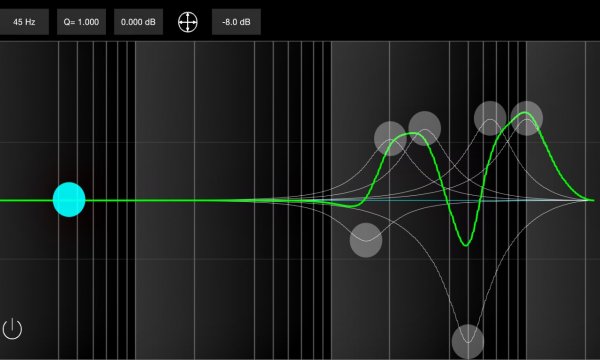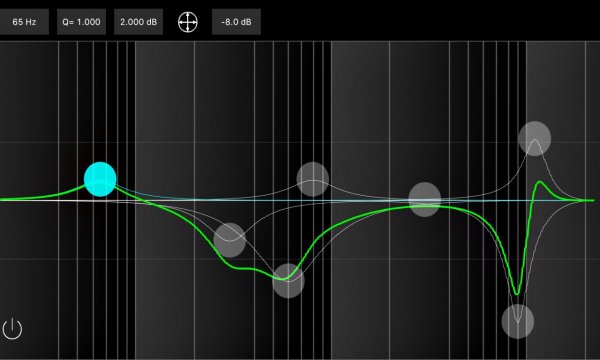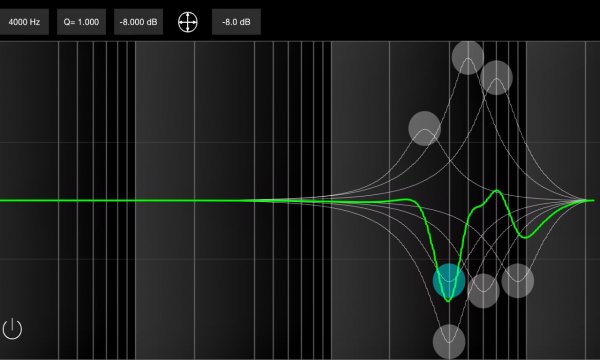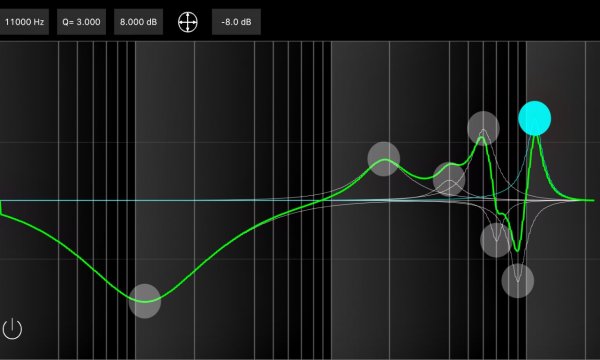Here is the design of a simple passive circuit to improve listening to common stereo recordings with headphones. Naturally my own subjective response to using it is very positive, so I want to convince you to build one for yourself and confirm or dis-confirm listening improvement. My judgement is colored by the fact that the network is my original design. Of course you are welcome to comment on the design itself without having tried it.
My network is placed between the power amplifier and headphones (in cascade). The component values of my network correspond to the rated impedance of the headphones plugged into the output of the network. It produces only slight reduction of volume, so what you are using presently to drive your headphones will be fine driving both network and headphones.
The inductors of the network (two) can be commercial ones intended for speaker system crossovers. This will be easier to try with headphones of 32 Ohm rated impedance or less as L1 of the network corresponding to 32 Ohm equals 1 mH. The combined load of network and headphones seen by the amplifier at a minimum equals the impedance of the headphones.
There is a full explanation of how my design was derived here (my posted article):
http://www.zen22142.zen.co.uk/Design/Xfeed-Net.pdf
The schematic diagram of the network and equations for calculating component values is below.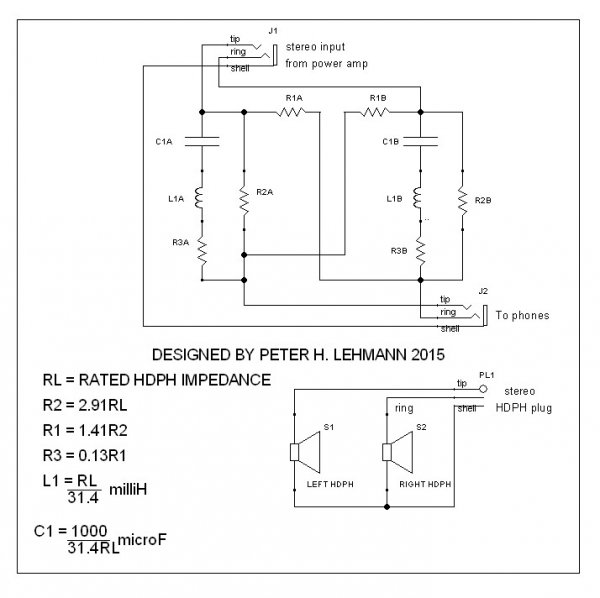
-S
My network is placed between the power amplifier and headphones (in cascade). The component values of my network correspond to the rated impedance of the headphones plugged into the output of the network. It produces only slight reduction of volume, so what you are using presently to drive your headphones will be fine driving both network and headphones.
The inductors of the network (two) can be commercial ones intended for speaker system crossovers. This will be easier to try with headphones of 32 Ohm rated impedance or less as L1 of the network corresponding to 32 Ohm equals 1 mH. The combined load of network and headphones seen by the amplifier at a minimum equals the impedance of the headphones.
There is a full explanation of how my design was derived here (my posted article):
http://www.zen22142.zen.co.uk/Design/Xfeed-Net.pdf
The schematic diagram of the network and equations for calculating component values is below.

-S
Last edited:













